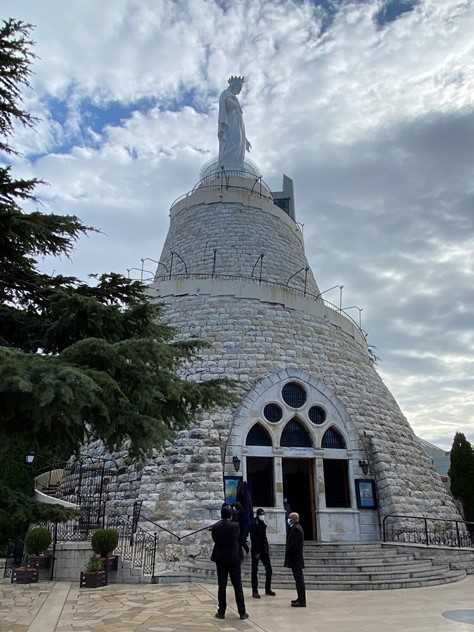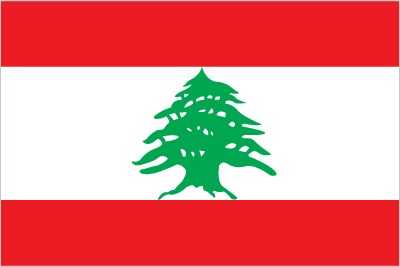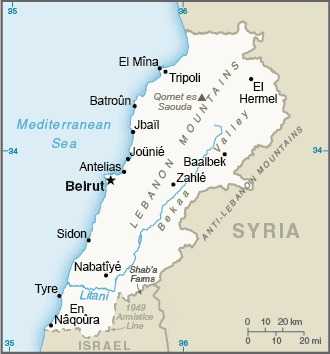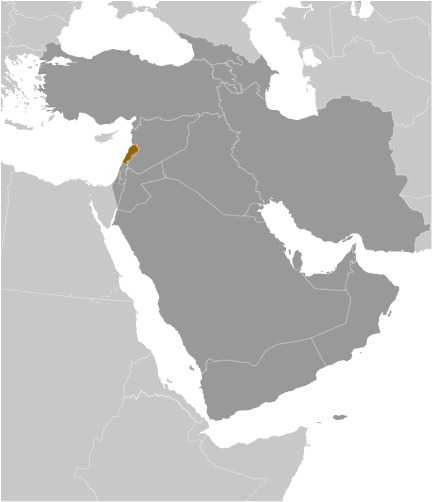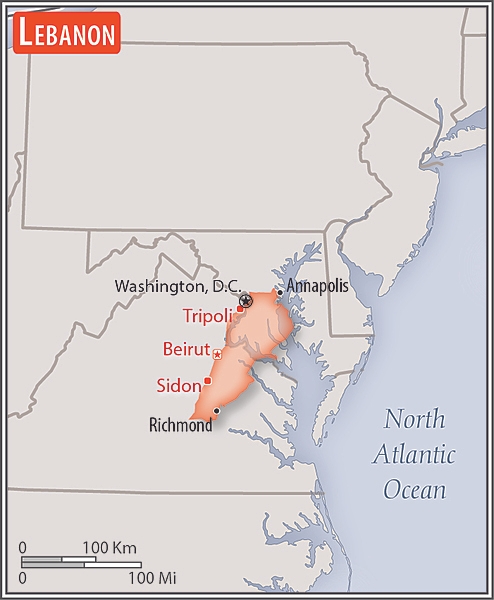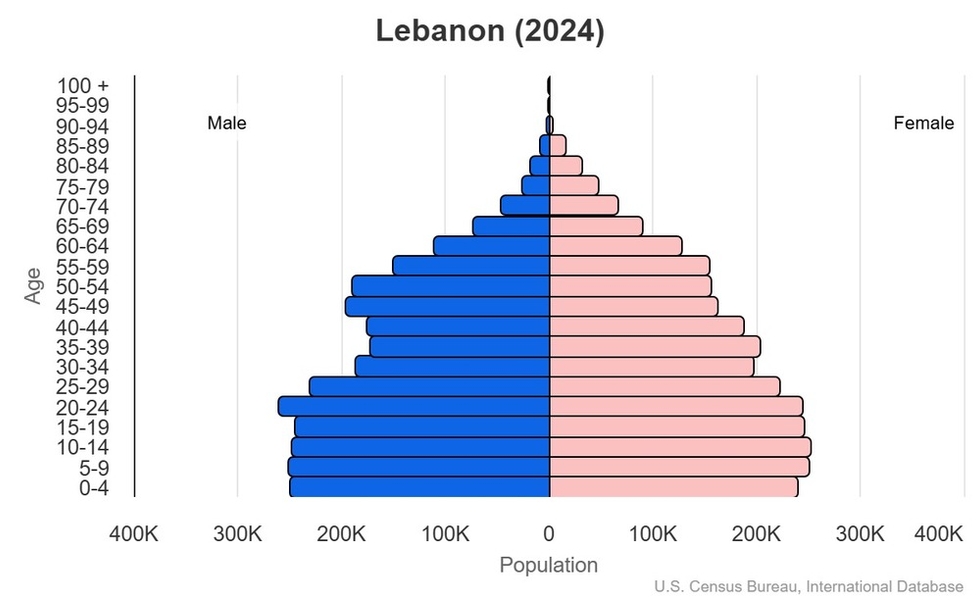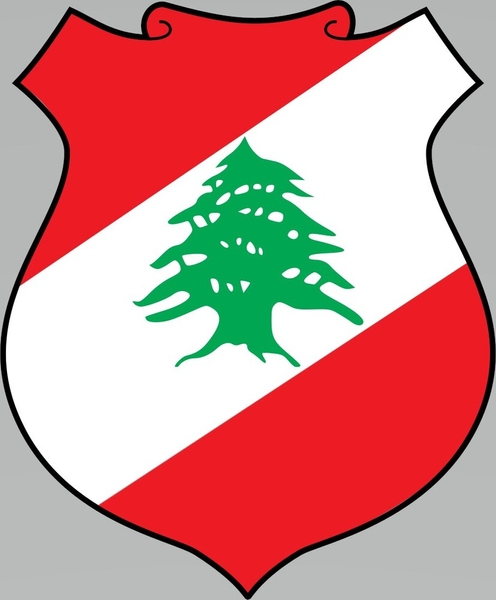Introduction
Visit the Definitions and Notes page to view a description of each topic.
Geography
People and Society
Population
comparison rankings: total 122; male 122; female 122
Median age
comparison ranking: total 90
Population growth rate
comparison ranking: 137
Birth rate
comparison ranking: 139
Death rate
comparison ranking: 176
Net migration rate
comparison ranking: 141
Maternal mortality ratio
comparison ranking: 139
Infant mortality rate
comparison ranking: total 159
Life expectancy at birth
comparison ranking: total population 67
Total fertility rate
comparison ranking: 159
Obesity - adult prevalence rate
comparison ranking: 18
Alcohol consumption per capita
comparison ranking: total 150
Tobacco use
comparison ranking: total 10
Children under the age of 5 years underweight
comparison ranking: 65
Education expenditure
comparison ranking: Education expenditure (% GDP) 195
Environment
Carbon dioxide emissions
comparison ranking: total emissions 96
Government
Economy
Real GDP (purchasing power parity)
comparison ranking: 113
Real GDP growth rate
comparison ranking: 199
Real GDP per capita
comparison ranking: 139
Inflation rate (consumer prices)
comparison ranking: 203
GDP - composition, by sector of origin
comparison rankings: agriculture 175; industry 207; services 184
Industrial production growth rate
comparison ranking: 135
Labor force
comparison ranking: 127
Unemployment rate
comparison ranking: 160
Youth unemployment rate (ages 15-24)
comparison ranking: total 40
Public debt
comparison ranking: 4
Taxes and other revenues
comparison ranking: 148
Current account balance
comparison ranking: 174
Reserves of foreign exchange and gold
comparison ranking: 55
Debt - external
comparison ranking: 20
Energy
Electricity
comparison rankings: installed generating capacity 90; consumption 135; imports 85; transmission/distribution losses 78
Energy consumption per capita
comparison ranking: 99
Communications
Telephones - fixed lines
comparison ranking: total subscriptions 71
Telephones - mobile cellular
comparison ranking: total subscriptions 132
Broadband - fixed subscriptions
comparison ranking: total 106
Transportation
Merchant marine
comparison ranking: total 120
